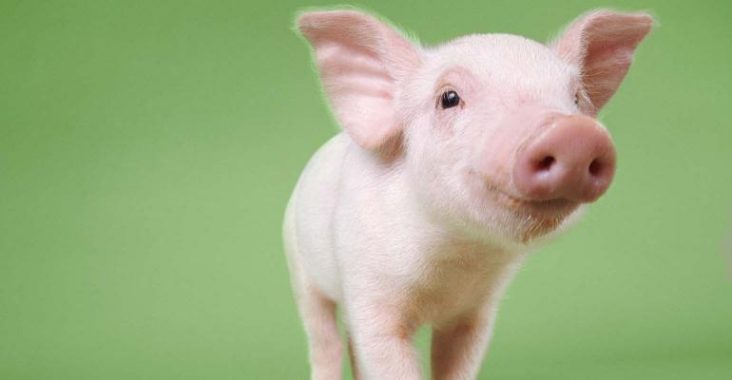Swine researcher receives federal grant to study gut bacteria
by October 3, 2018 5:40 pm 315 views

A University of Arkansas System Division of Agriculture researcher’s efforts to understand how exposure to top soil affects the gut microbiome and feed efficiency in pigs have earned him a $500,000 grant from the U.S. Department of Agriculture.
The USDA National Institute for Food and Agriculture grant was awarded to Jiangchao Zhao, assistant professor of animal science for the Dale Bumper’s college of Agriculture, Food and Life Sciences and researcher for the Agricultural Experiment Station. Zhao’s proposal focused on the underlying mechanisms of topsoil exposure in early life that changes the swine gut microbiome and increases post-weaning feed efficiency.
“The switch from outdoor rearing to indoor rearing increased the profit for swine producers, but decreased the pig’s chance to be exposed to the environment, which likely lead to the decrease in swine gut microbial diversity” Zhao said. “Since gut microbiome plays important roles in almost every aspect of animal health and nutrition, such decrease in gut microbiome diversity is likely associated with the high morbidity and mortality rates in some modern farms.”
Pork production is a significant agriculture sector in the U.S. Pork production has a $23.4 billion output, annually, according to the National Pork Producers Council. It produces $39 billion in GDP. About 550,000 workers are employed in the pork industry, and about 115 million hogs are raised each year. Iowa is the top hog producing state with cash receipts totaling $6.5 billion. Arkansas is ranked 26th among all states in pig production with $64.293 million in cash receipts each year.
Humans undergo similar biological changes when they move from rural areas to more urban areas, the scientist said.
“This is similar to the human modernization process,” he said. “When humans move to big cities, increase antibiotic intake and decrease bacteria exposure, they have been losing many important bacterial species, which have been associated with increased chronic diseases.”
To provide the pigs with exposure to an outdoor environment, the project has incorporated a novel topsoil exposure model mimicking such an environment.
“Piglets exposed to topsoil during lactation had significantly greater gut microbiome diversity, followed by remarkable improvement in growth performance and feed efficiency post-weaning,” Zhao said. “We hypothesize that this short-term topsoil exposure improves feed efficiency through modulation of the gut microbiome. We are working to identify the beneficial bacteria enriched by topsoil exposure that will decrease post-weaning stress levels and increase feed efficiency.”
Feed costs accounts for 60% to70 % of swine production, increasing the need and relevance of studies looking into increasing feed efficiency. The necessity of this study pushed Zhao’s proposal up to be ranked fourth out of 100 proposals.
“I’m very thankful to have wonderful colleagues in my department,” Zhao said. “This is an excellent team work. It would be impossible to win this grant without my co-PIs (Drs. Charles Maxwell, Dawn Koltes, Yan Huang and James Koltes) as well as the support from the department of animal science.”
